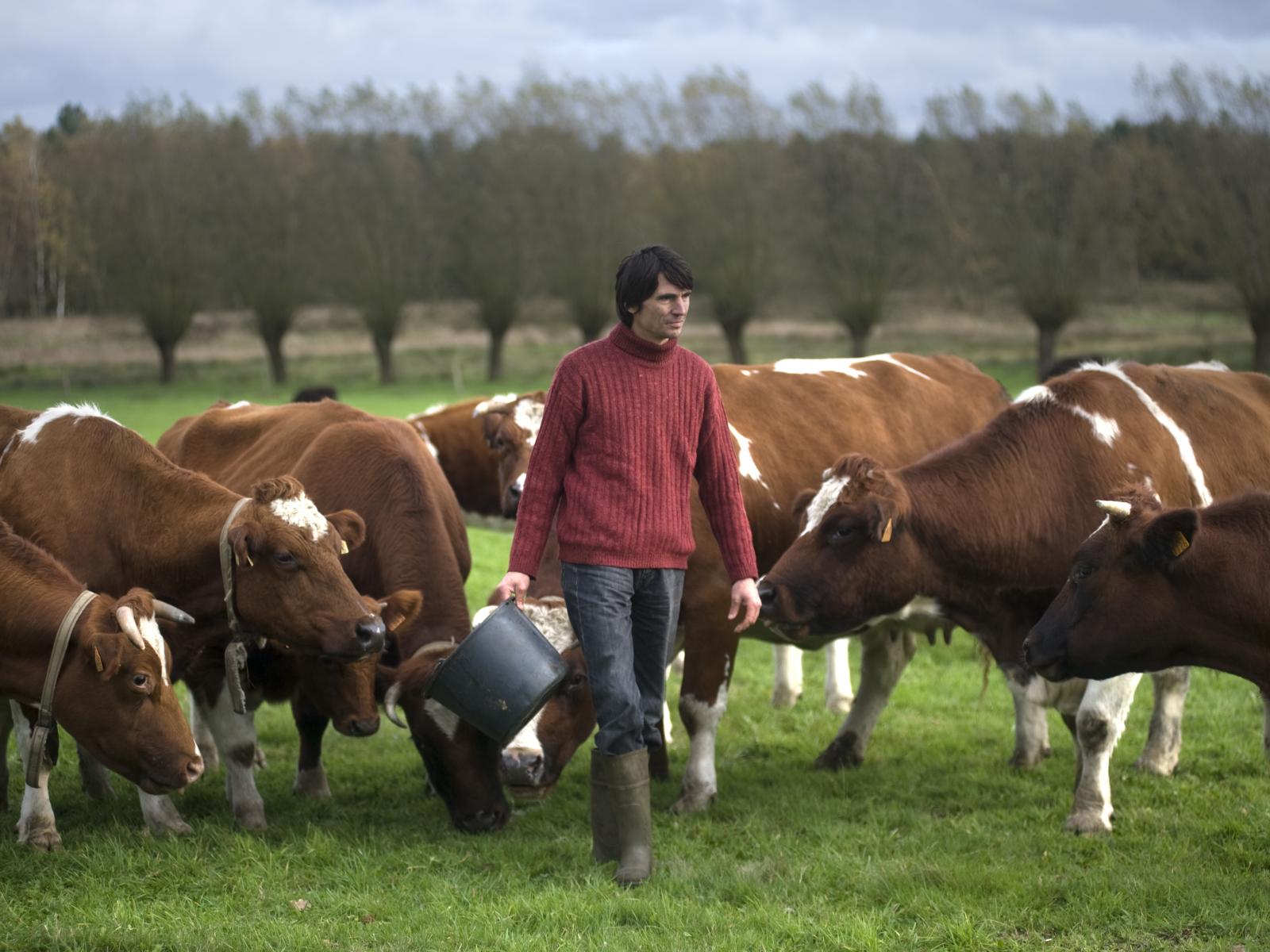An Overview Of Our Solution
- Population Impacted:
- Continent: Europe
Organization type
Population impacted
Size of agricultural area
Production quantity
People employed
Describe your solution
Describe your implementation
External connections
What is the environmental or ecological challenge you are targeting with your solution?
Describe the context in which you are operating
Our farm is located in Flanders, the northern part of Belgium. Flanders is a largely peri-urban region with high population pressure. The Flemish landscape is highly fragmented and urbanized, with a high degree of private land ownership and considerable pressure on the remaining open space. Population pressure results in an increasing demand for food and bio-energy products and hence also in an increasing demand for agricultural land. This demand is in competition with the demand for land for residential, conservation, forestry, recreational, and other purposes. Traditionally, spatial planning has focused on the allocation of land to space demanding sectors and on minimizing spatial conflicts. This further exacerbates the existing sectoral polarization.
Although the awareness increases that agricultural systems provide other services besides food and biomass production, many of these services are non-marketable. Because free markets fail to provide sufficient incentives for delivering these services, a dominant production logic may push agricultural systems towards a state that is sub-optimal from a societal point of view.
54 % of Flanders is used as agricultural land, 16 % of Flanders is designated as Natura 2000. The number of farmers decreases by 4% a year. More than 50 % of the European protected species and more than 75 % the European protected habitat are in a very bad conservation status in Flanders.
How did you impact natural resource use and greenhouse gas emissions?
Language(s)
Social/Community
Water
Food Security/Nutrition
Economic/Sustainable Development
Climate
Sustainability
The farmings system we developed is based on improving capacity of agricultural systems to ensure ecosystem services, but also the need to intensify outputs without further compromising environmental quality and other ecosystem services. Our farming system is economically viable. Our income comes from the sale of the meat of our cattle and sheep (67 %), agro tourism (11 %) and farm subsidies (22 %). Our farming system has a great resilience. We have a high degree of self-sufficiency, as most of the required feed is produced on-farm. The high degree of semi-natural elements leads to additional resilience through regulating ecosystem services. Our farm benefits from diversifying by valorization biodiversity through ecotourism.
Return on investment
Entrant Image

Entrant Banner Image

